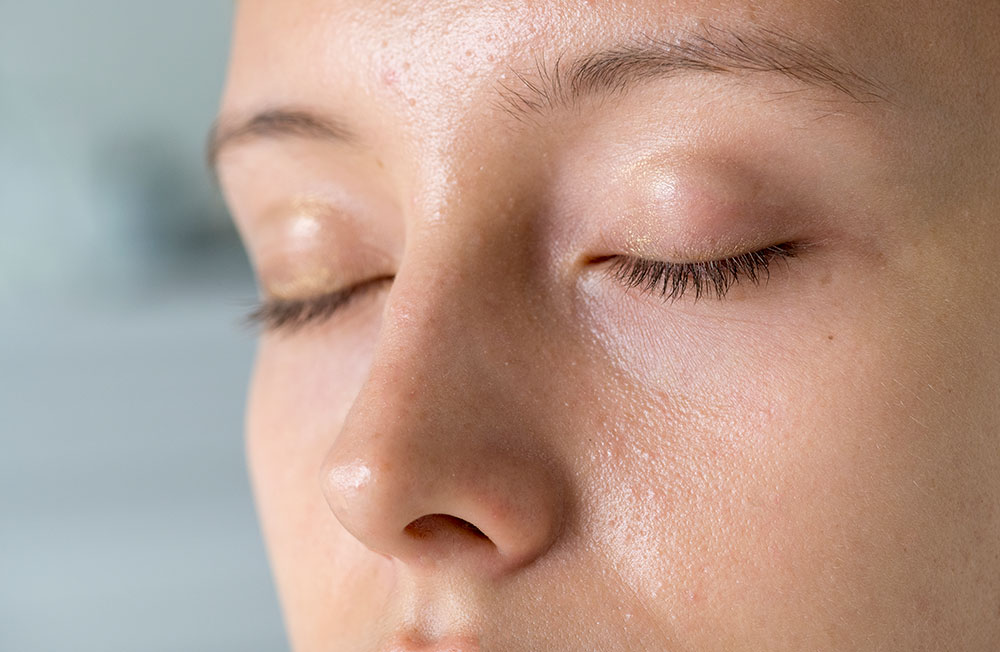
Kids aren’t always the best judge of time, especially when they’re engrossed in a game or movie, so consider using a timer to encourage those breaks. This allows the eyes to relax and to return to their natural position and baseline settings. Use the “20-20-20-2 rule.” During any concentrated visual task, encourage your child to break focus every 20 minutes, focus on something at least 20 feet away for 20 seconds, and blink 20 times. Since focusing on a “near task” - such as reading, writing or staring at a screen - increases the demand on eyes’ microscopic focusing system, eyes need a break to reset their focusing systems. What you can do is protect your child’s eyes by teaching them healthy screen time habits. They’re part of living in the modern world. Most families can’t - and don’t want to - completely remove screened devices from their children’s lives. Aim for no devices or screens for one hour before bedtime. And when it comes to sleep, the best thing you can do is limit screen time, particularly in the hours before bedtime. Therefore, the AAO does not support the use of "blue light blocking" lenses.Ī better strategy is to practice consistent, healthy habits to protect your child’s eyes during screen time. The American Academy of Ophthalmology (AAO) contends there is currently no scientific evidence that demonstrates blue light from electronic devices is harmful or damaging to one’s eyes. The brain reads the screen light as “daytime” and shifts the body’s circadian rhythm. Second, research shows that when computers and similar devices are used in the evening, the blue light they emit alters the brain’s sleep rhythms. First of all, the exciting content of many video games and movies can wind a child up when they should be winding down for bed or a nap. Screen time can also disturb kids’ sleep. Beyond the eyes: impact on sleep and overall health The rate of nearsightedness in children has increased dramatically in the past 30 years. The exact process is still being studied, but researchers believe UV light (as long as the eyes are protected from intense sunlight) plays an important role in healthy eye development. Studies have found that children who spend more time indoors are more likely to develop nearsightedness (myopia). “Kids need time playing outside for their health, but also for their eyes.” “Exposure to natural daylight is critical to developing eyes,” says Malik. Kids who are on screens are typically indoors. Generally, that’s a short-term problem, and the eyes adjust back to their normal flexibility. When children’s eyes stay focused close-up for long periods, they can find it difficult to adjust to distance vision later. This problem can be worse for children who may have to look up at a screen that’s positioned for adult use. A clear and stable tear film on the eye surface is essential for clear vision. Studies show that people of all ages blink far less often when concentrating on a screen, which in turn causes the eyes to dry out.


The eyes can also get dry and irritated during long stretches of screen use. “Children can lose track of time when they become absorbed.” Dry and irritated eyes “Our eyes need breaks from close-up focus,” says Dr. This prolonged close-focus attention adds to fatigue. They may lose interest in tasks such as reading.Īnother issue is that kids focus so intensely on their screens. Any glare on the screen can further strain the eyes.Ĭhildren with eye fatigue may complain of headaches, eye pain, or feeling tired, headaches. Asthenopia can be caused by overuse of the eye, for example during a period of prolonged focus on a screen. Eye fatigueĮye fatigue - called asthenopia - is characterized by eye discomfort, dimness of vision and headache. Here are some of the ways screen time can affect kids’ eyes. Eye problems caused by excessive screen time Eye health is another.īut with more and more of our lives lived in front of screens – whether it’s for work, school, entertainment, socialization, or exercise – how can parents set realistic limits and guidelines for their families?Īyesha Malik, OD, pediatric optometrist at Children’s Hospital of Philadelphia (CHOP), helps us understand the risks of too much screen time on children’s vision, and what parents can do to help their kids practice healthy habits when they are using screens. There are many reasons to set limits on your child’s screen time: To encourage outdoor play and healthy activity, to foster healthy sleep habits and to promote in-person social relationships.


 0 kommentar(er)
0 kommentar(er)
